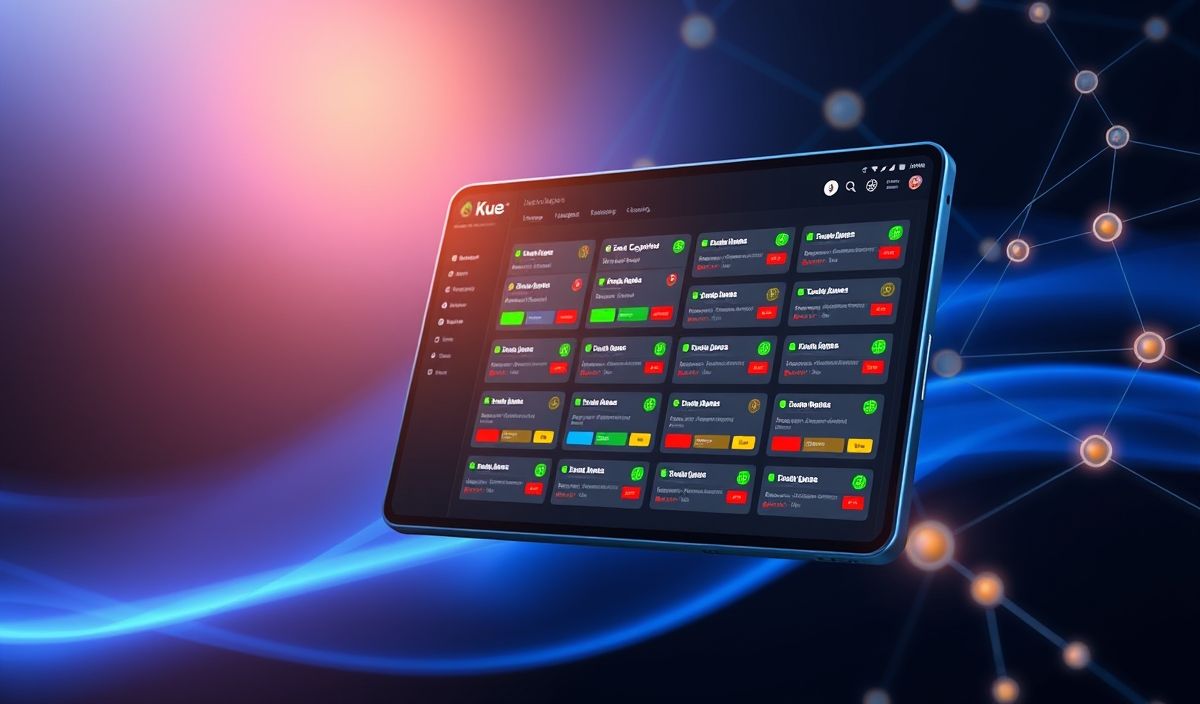Label Sync: Streamline Your Workflow with Consistent Labels
Label synchronization, commonly known as `label-sync`, is an effective way to manage labels across multiple repositories. Consistent labeling helps maintain clear communication and improves project management. In this guide, we introduce the functionalities of `label-sync` and provide various API explanations with code snippets to help you integrate it into your projects.
Introduction to Label Sync
`label-sync` is a tool that ensures your repository labels are consistent. This is incredibly helpful when you have multiple repositories and want to enforce a standardized labeling scheme.
Useful API Examples
Below are some of the most useful API methods provided by `label-sync`, along with code snippets to demonstrate their usage:
1. Fetching All Labels
const labels = await labelSync.getLabels(); console.log(labels); This method fetches all labels available in your repositories, making it easier to monitor and manage them.
2. Creating a New Label
const newLabel = {
name: 'bug',
color: 'f29513',
description: 'Something isn't working'
}; await labelSync.createLabel(newLabel); console.log('Label created successfully!'); You can create a new label with a custom name, color, and description using this API method.
3. Updating an Existing Label
const updatedLabel = {
name: 'bug',
new_name: 'issue',
color: 'd73a4a',
description: 'An issue that needs to be resolved'
}; await labelSync.updateLabel(updatedLabel); console.log('Label updated successfully!'); This method allows you to update the properties of an existing label.
4. Deleting a Label
await labelSync.deleteLabel('bug'); console.log('Label deleted successfully!'); You can delete a label using its name with this API method.
App Example
Below is a practical example of how to create a small app that uses `label-sync` APIs to manage labels:
const labelSync = require('label-sync');
async function manageLabels() {
try {
const labels = await labelSync.getLabels();
console.log('Existing Labels:', labels);
const newLabel = {
name: 'enhancement',
color: 'a2eeef',
description: 'New feature or request'
};
await labelSync.createLabel(newLabel);
console.log('New Label Created');
const updatedLabel = {
name: 'enhancement',
new_name: 'feature',
color: '84b6eb',
description: 'Planned feature'
};
await labelSync.updateLabel(updatedLabel);
console.log('Label Updated');
await labelSync.deleteLabel('bug');
console.log('Label Deleted');
} catch (error) {
console.error('Error managing labels:', error);
}
}
manageLabels(); This application fetches existing labels, creates a new label, updates an existing label, and deletes a label, demonstrating the core functionalities of `label-sync`.
By following these guidelines and coding practices, you can effectively manage your repository labels, ensuring consistency and clarity in your project management workflow.
Hash: e6203f130fbe7ffbb35c04d7afe2d5f0952a992dbc250717f866d0f941220228




